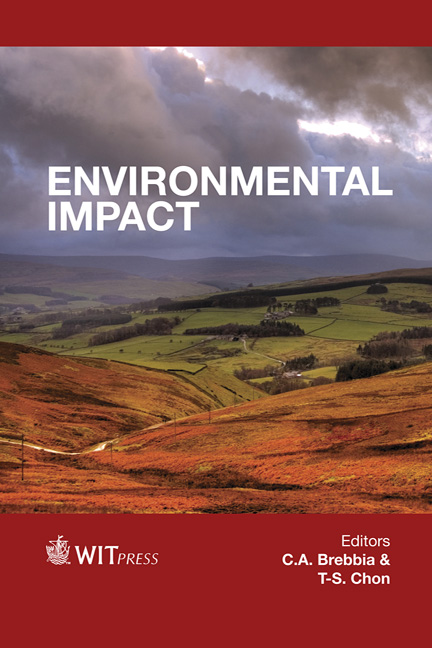Development Of The Environmental Policy Priorities Index For Japan 2010 (JEPIX 2010)
Price
Free (open access)
Transaction
Volume
162
Pages
18
Page Range
35 - 52
Published
2012
Size
3,585 kb
Paper DOI
10.2495/EID120041
Copyright
WIT Press
Author(s)
S. Kumagai
Abstract
Some advanced companies in Japan introduce LCIA (Life Cycle Impact Assessment) method such as EcoIndicator, EcoScarcity and LIME. Environmental Policy Priorities Index for Japan (JEPIX 2003) was developed based on the Swiss EcoScarcity method. It is an integrative technique that converts emission data of multiple environmental load substances to a singlescore indicator. It assesses the distance to target of each substance emission. JEPIX 2010 has been developed using the most resent Japanese inventory data and legislation target. In JEPIX 2010, there are diversified identified categories of environmental aspect, including GHG, ODS, SOX, NOX, particles/dust, dioxins, VOC, total Nitrogen, total Phosphorous, COD, BOD, waste material. Comparison of the two sets of EcoFactors (JEPIX 2003 and JEPIX 2010) and Japanese national ecobalances, which are obtained from the EcoFactors, show the change of priority of Japanese environmental policy. Keywords: JEPIX, environmental performance, Ecofactor, Ecoscarcity. 1 Introduction Japanese environmental accounting guideline by the Ministry of Environment recommends the calculation of single-score environmental indicator. It is useful not only for environmental management within the company but also for effective communication with the outside stakeholders by environmental reporting. Some advanced companies in Japan introduce LCIA (Life Cycle Impact Assessment) method such as EcoIndicator, EcoScarcity and LIME [1, 2]. Environmental Policy Priorities Index for Japan (JEPIX) 2003 [7, 8] was developed based on the Swiss EcoScarcity (BRUWAL SR133/SR297) method
Keywords
JEPIX, environmental performance, Ecofactor, Ecoscarcity.





